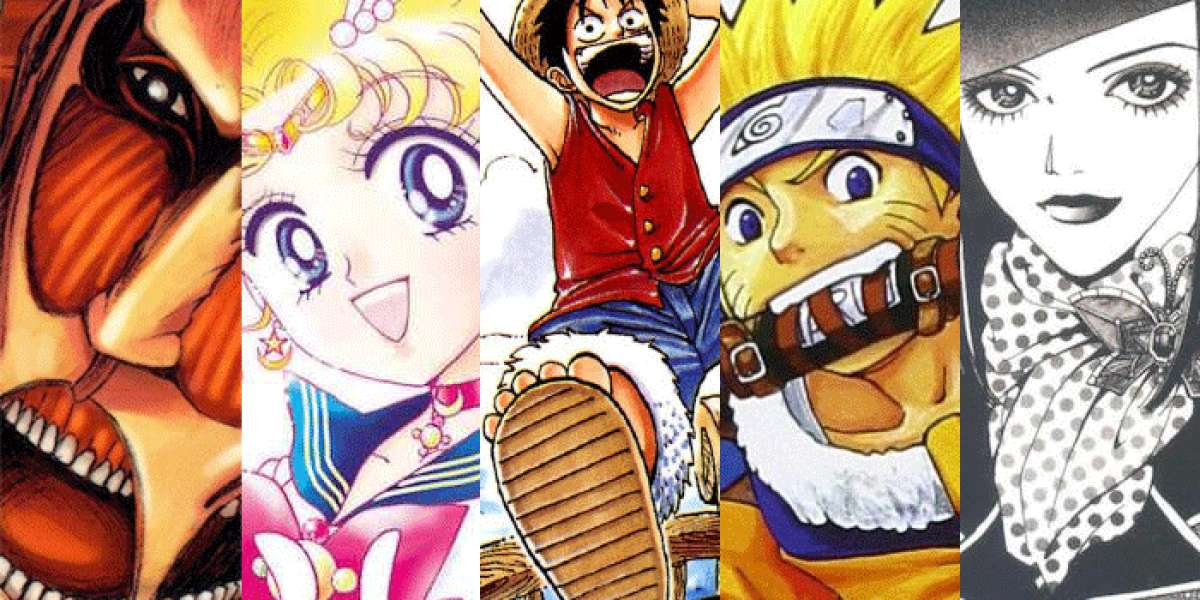Manga, the captivating world of Japanese comics and graphic novels, stands as a testament to the art of storytelling. Beyond its stunning visuals, manga employs a range of unique and innovative storytelling techniques that set it apart as a distinct narrative medium. From panel layout and pacing to visual symbolism and emotional resonance, manga's storytelling techniques weave an intricate tapestry that engages readers on both visual and emotional levels.
Visual Pacing and Panel Layout
One of manga's defining features is its careful control of pacing through panel layout. The arrangement of panels on a page guides the reader's eye and dictates the rhythm of the narrative. Intense moments may be depicted across multiple panels to create a sense of urgency, while quiet contemplative scenes might unfold over larger, spacious panels to convey a sense of tranquility. This mastery of pacing allows manga creators to manipulate time and immerse readers fully in the emotional beats of the story.
Emotive Expressions and Body Language
Manga is renowned for its ability to capture a wide range of emotions through expressive character renderings. The characters' facial expressions, body language, and gestures serve as visual language that transcends cultural barriers. Readers can intuitively understand the characters' feelings, motivations, and inner turmoil, enhancing the emotional resonance of the story. This nuanced portrayal of emotions draws readers deeper into the narrative, forging a powerful connection between the reader and the characters.
Visual Symbolism and Metaphor
Manga often employs visual symbolism and metaphor to convey complex themes and ideas. Through subtle visual cues, creators can communicate hidden meanings that enrich the narrative. Whether it's a recurring motif, a carefully chosen color palette, or a symbolic object, these elements add layers of depth to the story. This visual language allows readers to engage in a deeper level of interpretation, unraveling the narrative's subtext and uncovering hidden truths.
Transitions and Time Flow
The art of transitioning between scenes is a crucial storytelling technique in manga. Through techniques like "koma" (panel) transitions, creators control the flow of time and seamlessly move between different moments. Whether it's a "cut" from one panel to another, a "fade" that signifies a change in location, or a "motion line" that conveys swift movement, these transitions maintain a dynamic pace while guiding readers through the narrative's temporal shifts.
Silence and Sound
Manga's storytelling prowess extends beyond the visual to the auditory realm. Silence and sound are skillfully employed to evoke mood and atmosphere. Panels devoid of dialogue can create moments of reflection, tension, or dramatic impact, allowing readers to process the unfolding events. On the other hand, sound effects, known as "onomatopoeia," contribute to the sensory experience by adding auditory dimensions to the visuals. These elements engage readers' imagination and further immerse them in the narrative world.
Narrative Perspective and Point of View
Manga offers various narrative perspectives and points of view that influence readers' perceptions of the story. From first-person internal monologues that provide insight into a character's thoughts to third-person omniscient perspectives that offer a broader understanding of the world, these narrative choices shape the reader's relationship with the characters and the unfolding events. Switching perspectives can add depth to the storytelling, revealing multiple layers of truth and motivation.
Reader Engagement and Interpretation
Manga's storytelling techniques actively engage readers, inviting them to become co-creators of the narrative. The gaps between panels, known as "manga no kūki" or "ma," allow readers to fill in the spaces with their own imagination, fostering an interactive experience. This engagement goes beyond the page, as readers discuss, analyze, and interpret the story, often forming communities that share insights and theories.
Cultural Specificity and Universal Themes
While manga's storytelling techniques reflect its Japanese origins, they also contain universal elements that resonate across cultures. Themes of love, friendship, identity, and human nature are explored through narratives that transcend geographical and linguistic boundaries. This blending of cultural specificity and universal themes contributes to manga's global appeal.
A Living Canvas of Creativity
In essence, manga is a living canvas of creativity where visual artistry and narrative craftsmanship intertwine. Its unique storytelling techniques create a dynamic experience that captivates and engages readers, transporting them into worlds both familiar and fantastical. Through its mastery of panel layout, expressive characters, visual symbolism, and more, manga harnesses the power of storytelling to elicit emotions, provoke thought, and leave an indelible mark on the hearts and minds of its audience.







